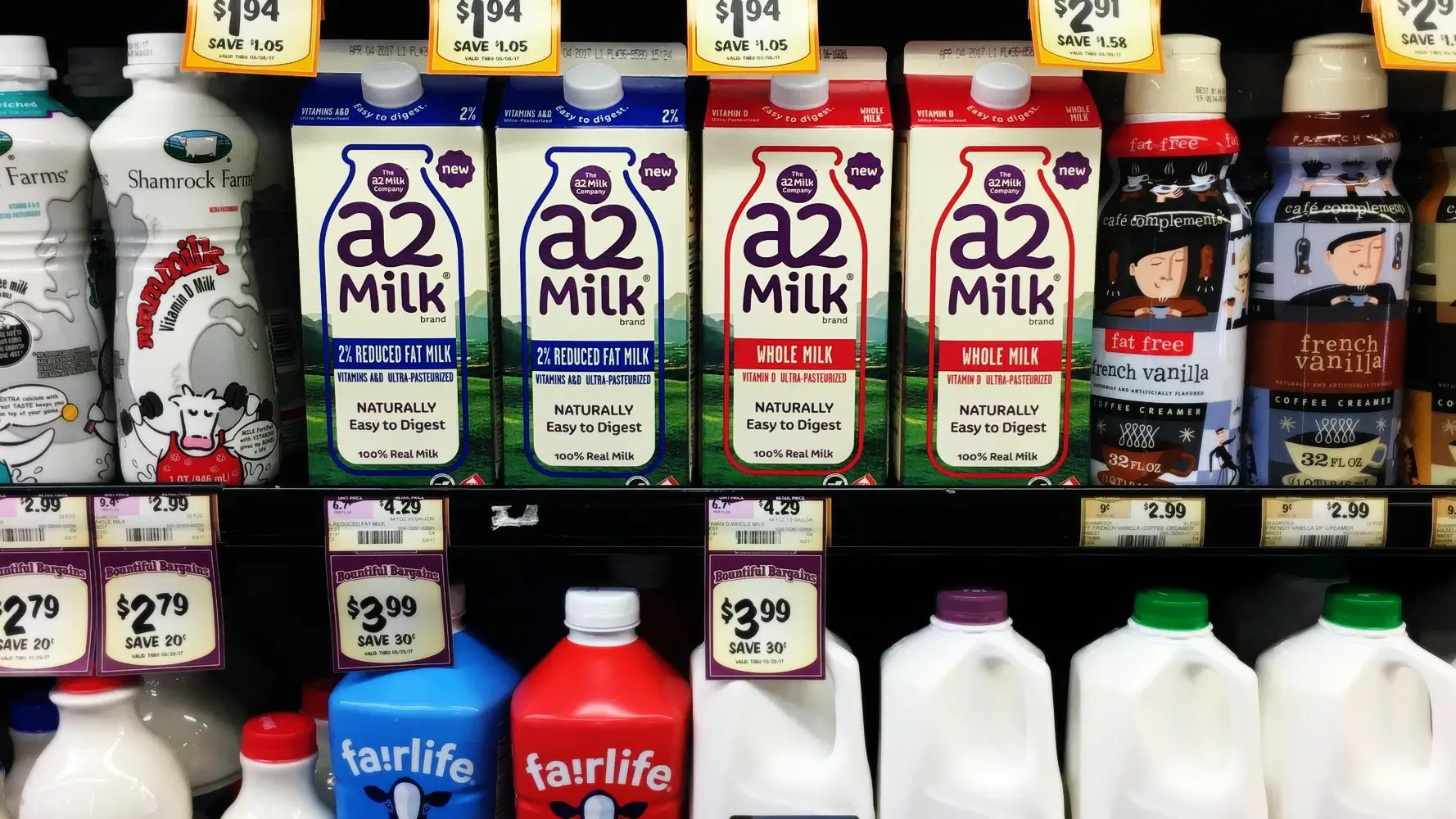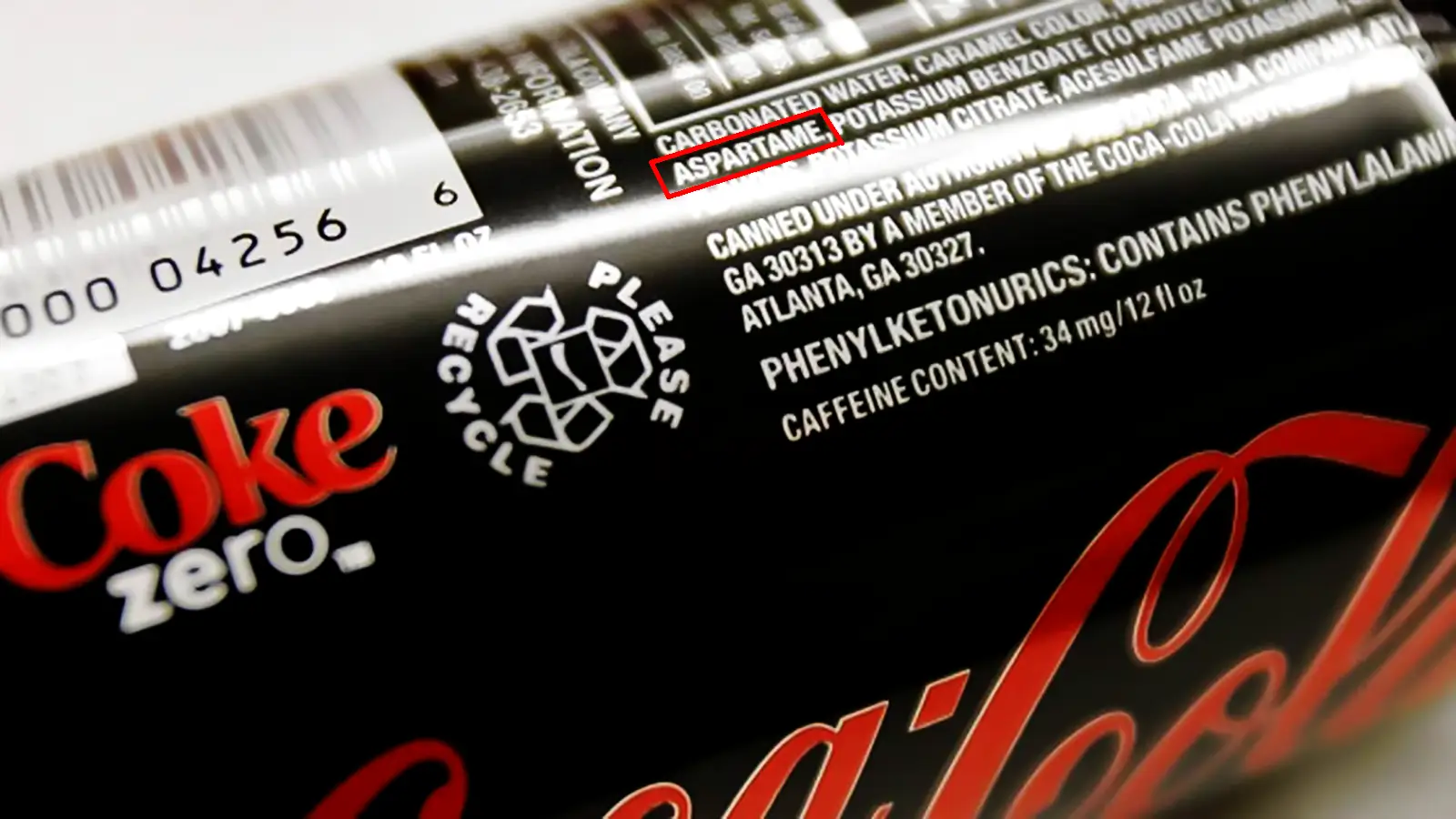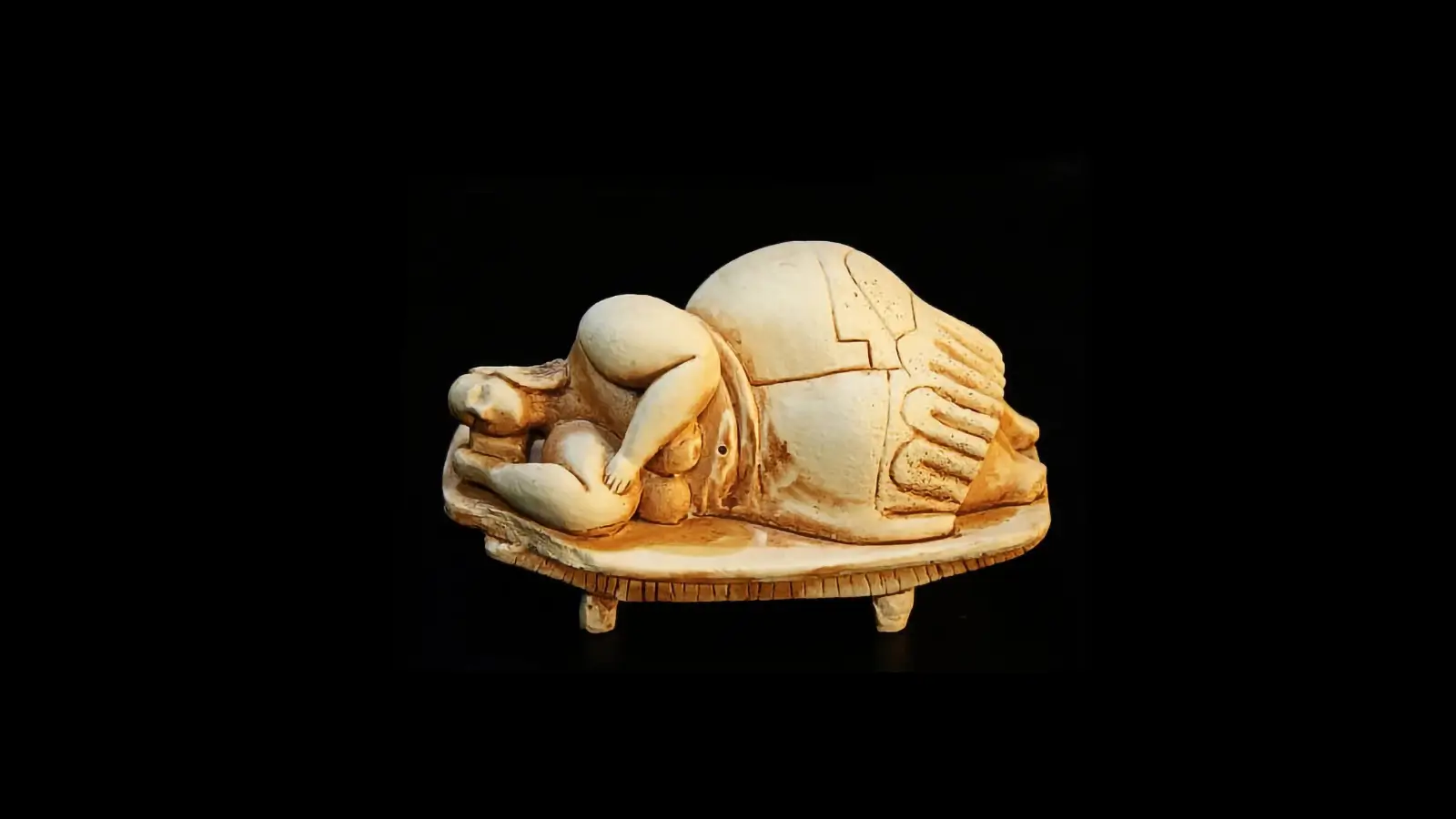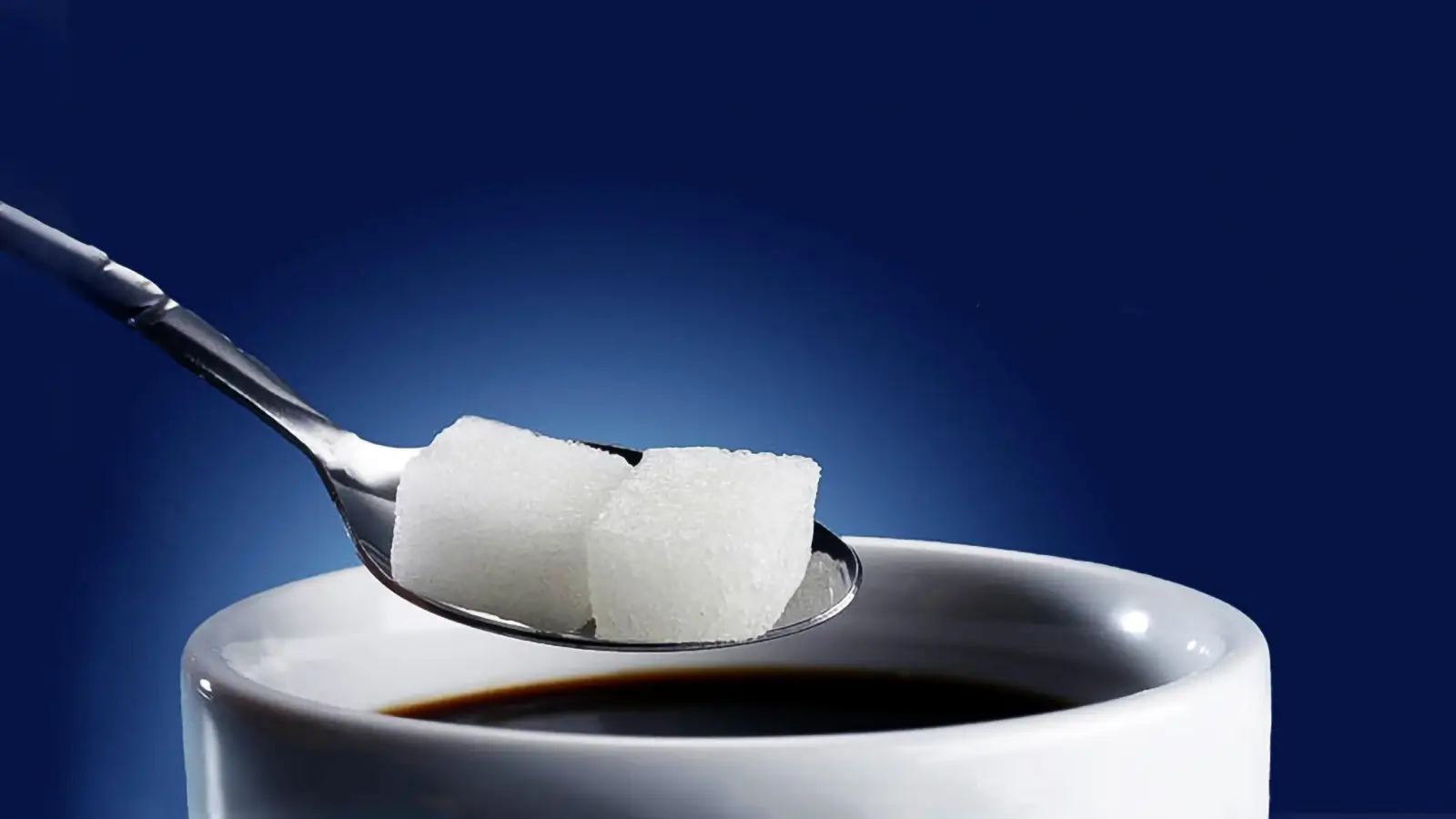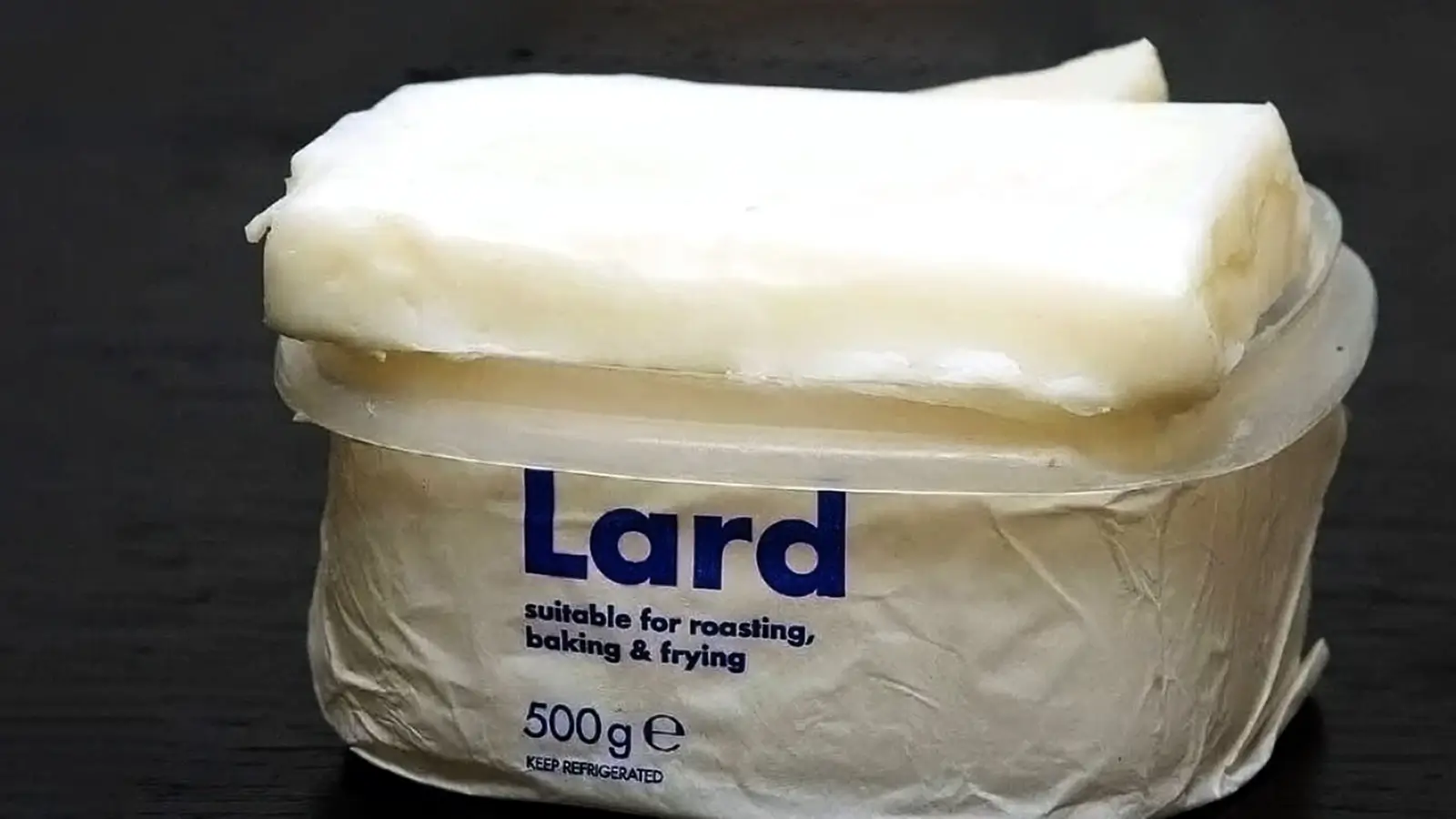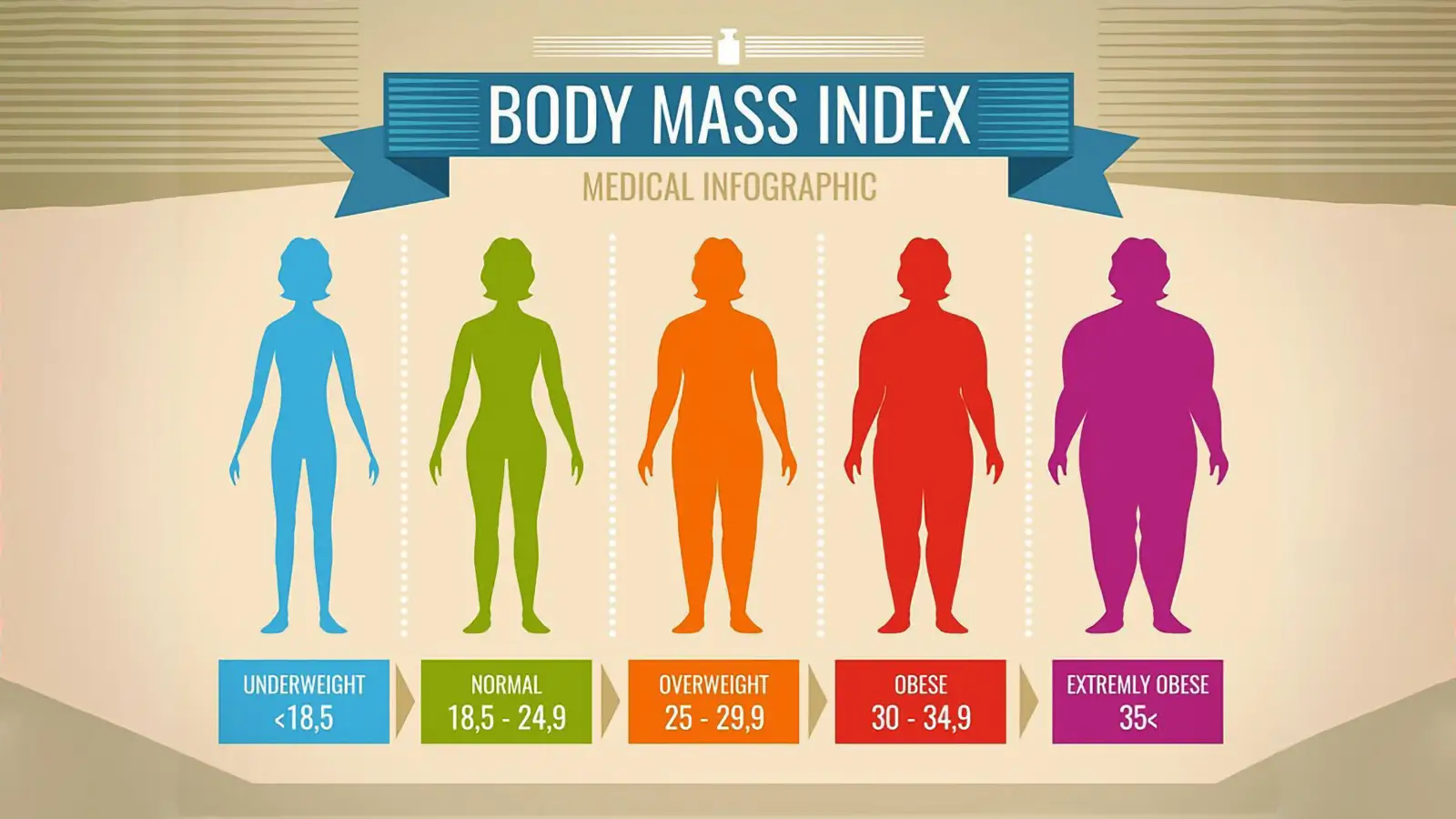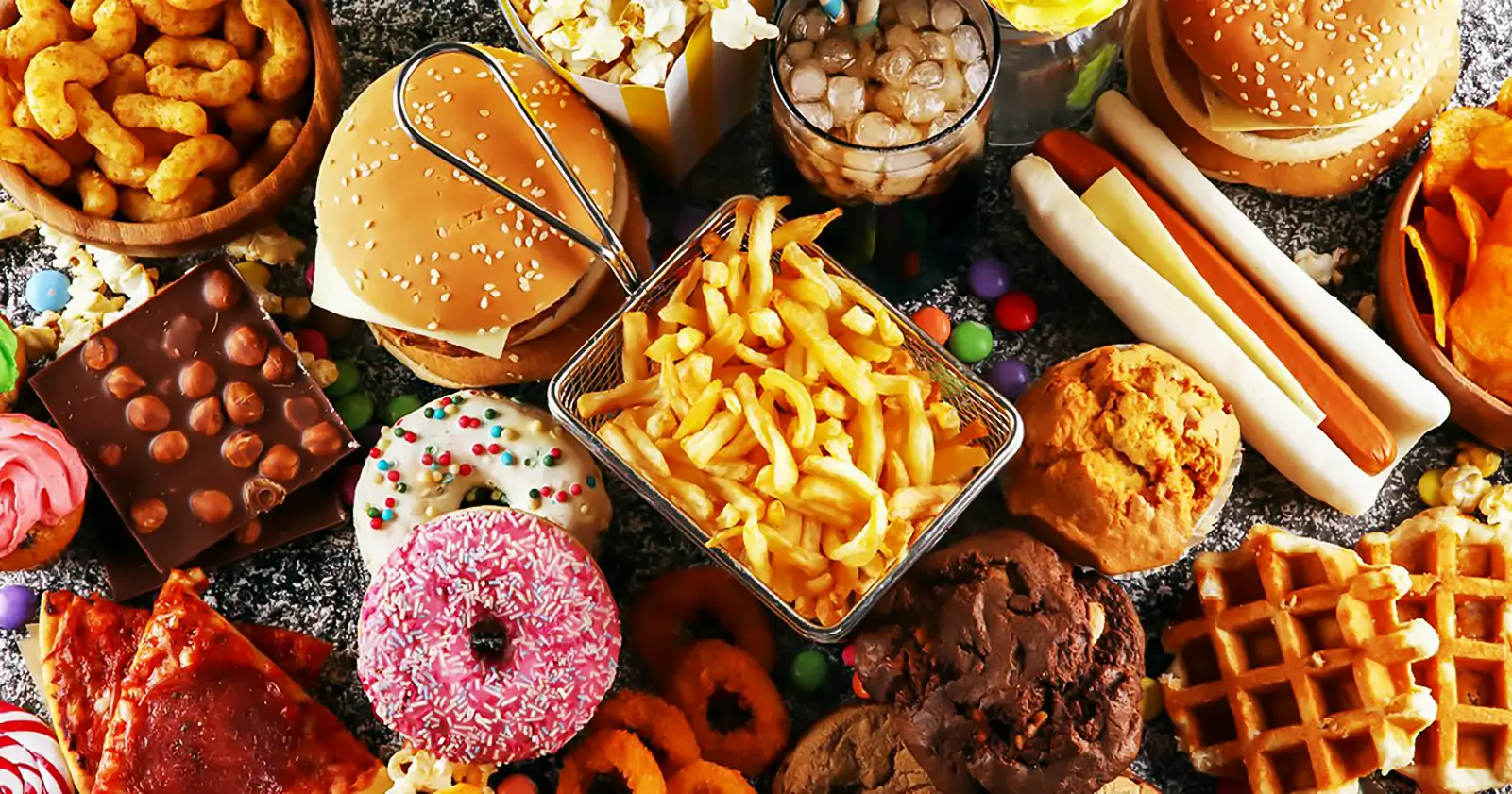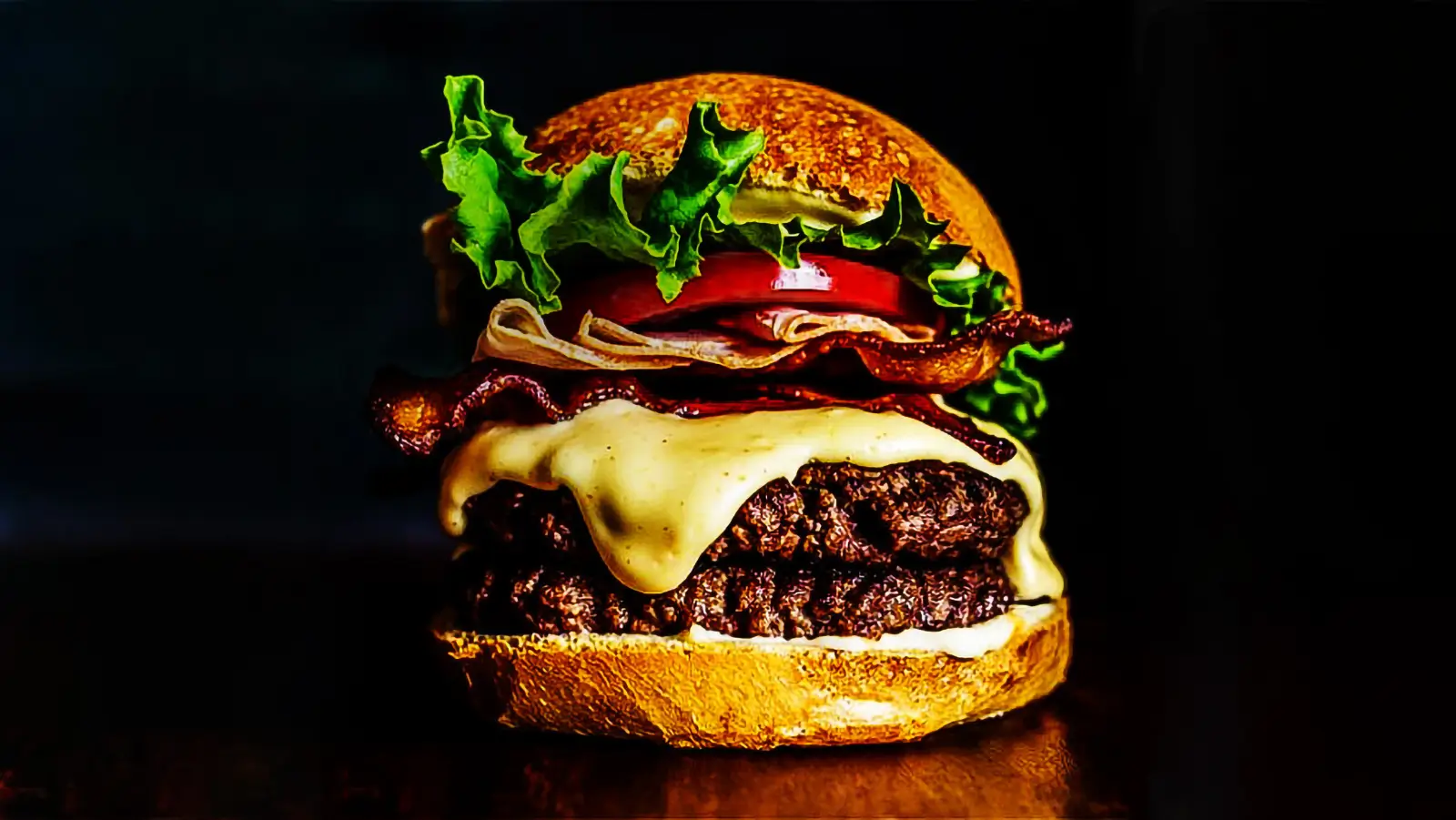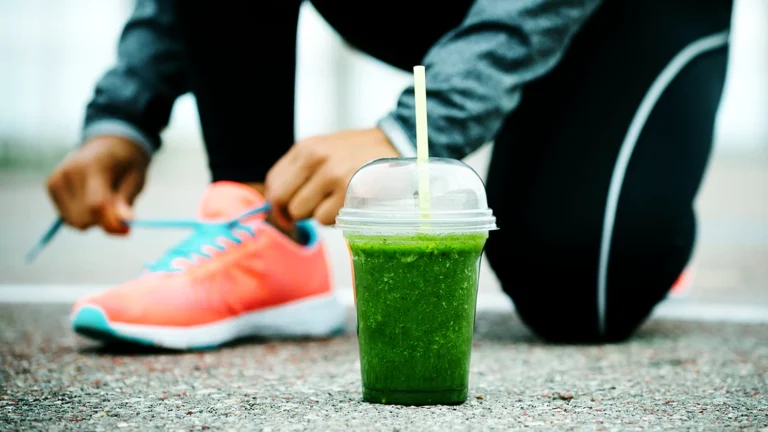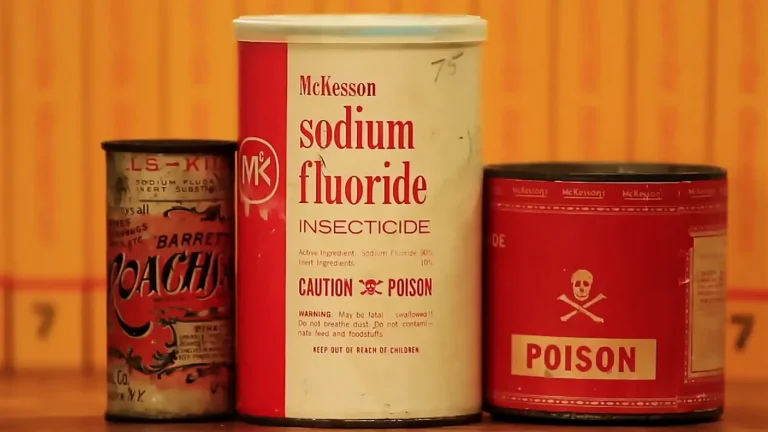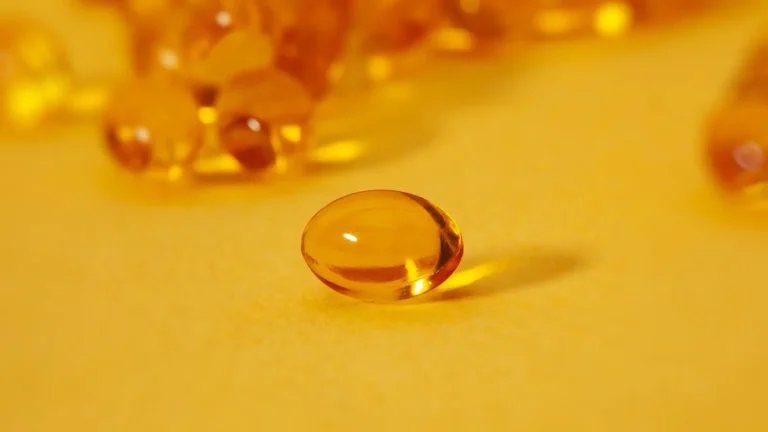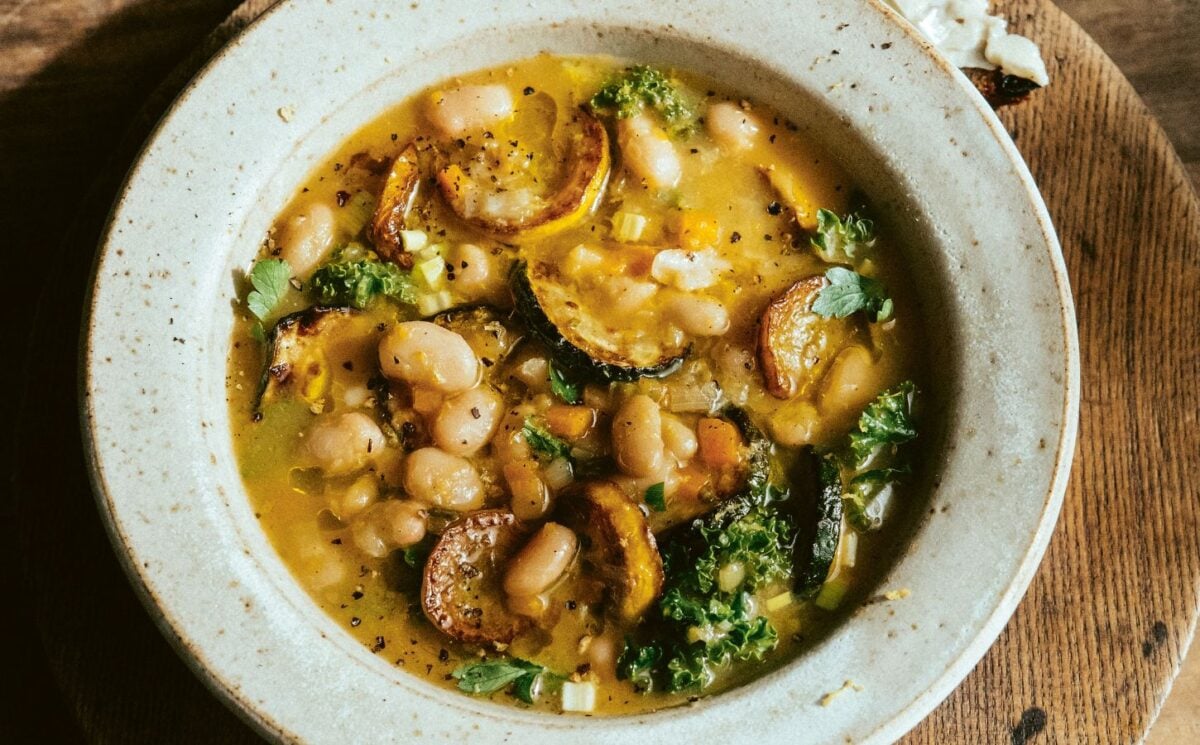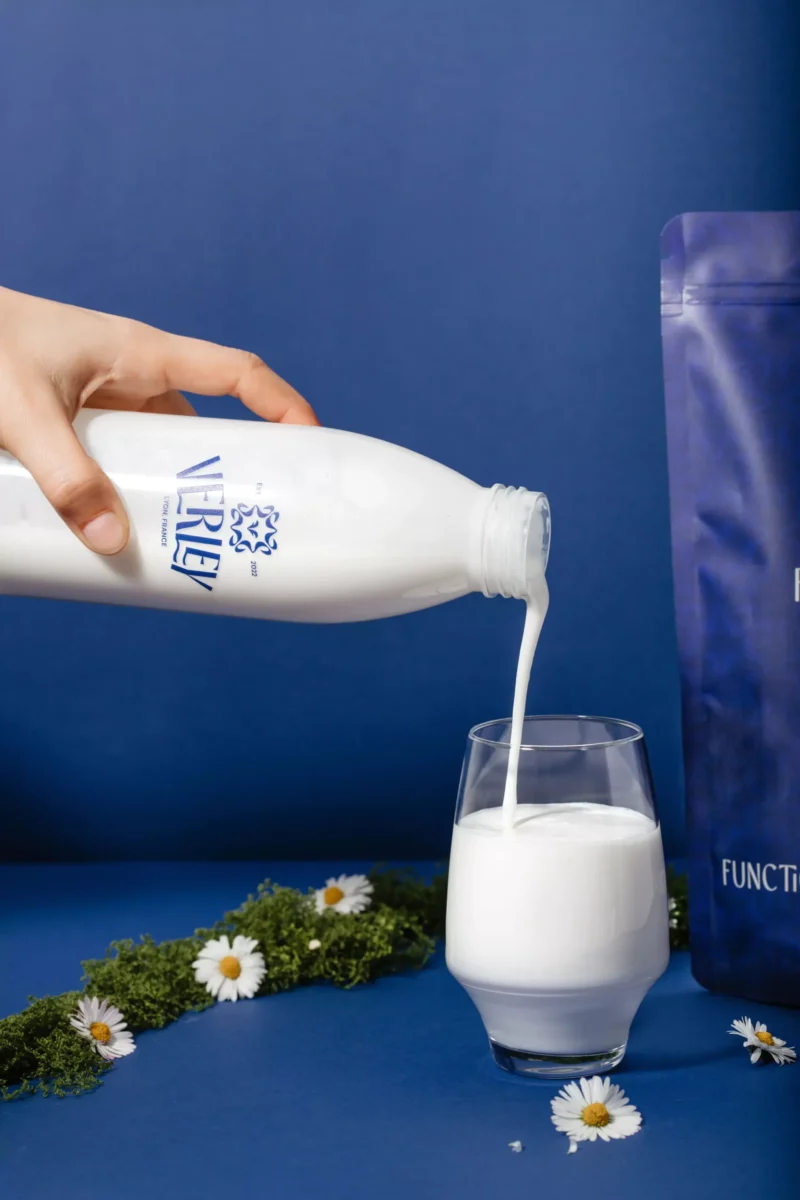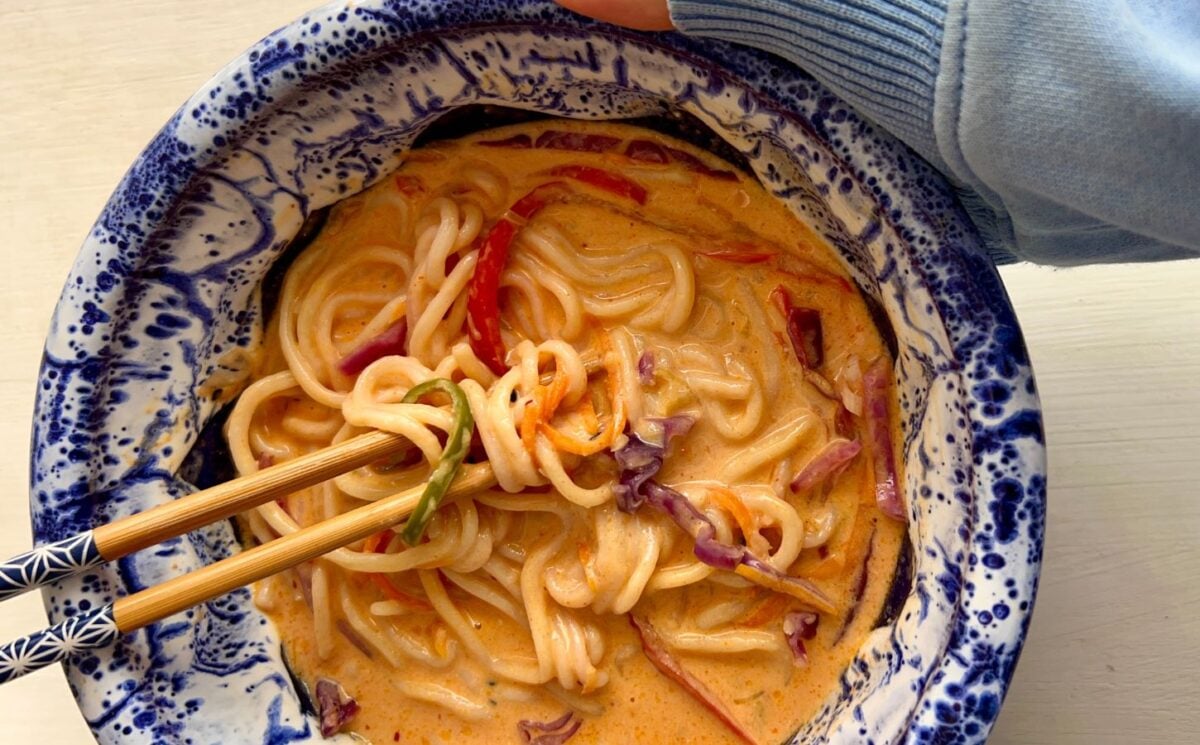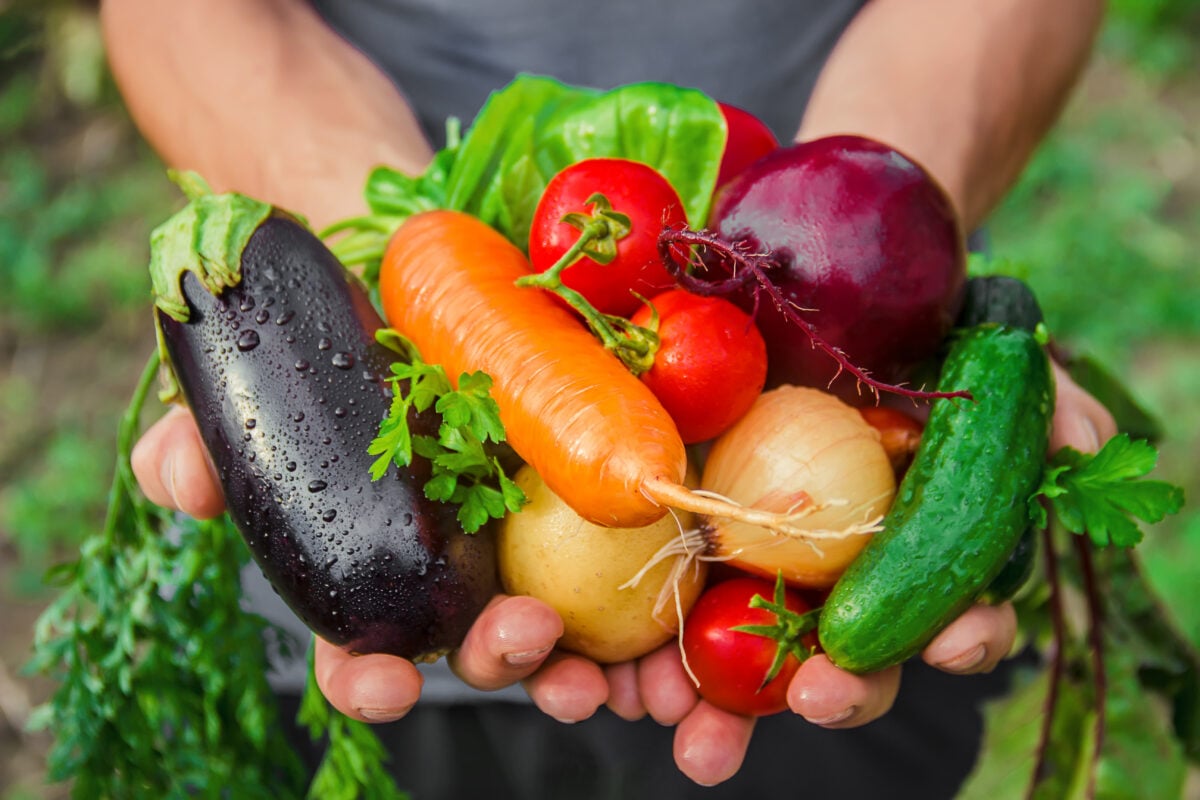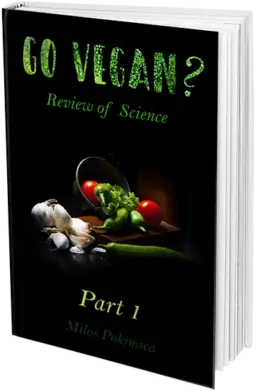人工甘味料は不自然な合成化学物質であり、これらの化学物質が健康に与える可能性のある潜在的な影響を理解するには、利用可能な科学を調べる必要があります。
ミロス ポキミカ
によって書かれた: ミロス ポキミカ
医学的に検証した結果 Xiùying Wáng, M.D. 博士。
Updated 5月 28, 2023Skyrocketing levels of chronic diseases especially diabetes had pushed the industry to start to research healthy alternatives to sugar not just in the form of diabetes-friendly products but for the general population as well. Health conciseness and understanding in the broad public sense of what nutrition-deprived food or “junk food” is pushed the industry not just to find chemicals that are sweet but also to find chemicals that do not have any calories in them. For the industry, it would be a much easier job just to find sugar alternatives in the form of healthier sugar substitutes with calories but that is not what drives profit. Actually, we have seen a trend that is completely in reverse of just adding more and more fructose from corn production that is cheap to sodas and other products. The situation currently is that every individual that wants to 彼の食事を最適化する たとえ糖尿病を患っていたとしても、矛盾する情報、科学、プロパガンダをすべて精査した後、自分で治療しなければならない。問題は、実際にそれを実行するのはごく一部であることを私たち全員が知っていることです。
今日の状況では、砂糖、特にフルクトースがどこにでもあり、甘くてカロリーのないものが必要な場合は、人工甘味料を使用できます。
人工甘味料は化学物質であり、自然由来のものではないため、これらの化学物質が健康に及ぼす可能性のある潜在的な影響やその他の影響を理解するには、利用可能な科学を調べる必要があります。
最初の問題は、砂糖が入っていないので、たとえ甘くてもそれは単なる味であるということです。 砂糖は味だけではありません。 これはドーパミンを放出する神経化学物質であり、私たちの行動のあらゆる側面に影響を与えます。 たとえば、低血糖症で震え始め、気分が悪くなった場合、人工甘味料は何の効果もありません。
このため、人工甘味料は同時に興奮毒ではない場合、脳内の同じレベルで望ましい効果を発揮しません。砂糖の神経作用を真に置き換えるには、甘い興奮毒を使用する必要があります。
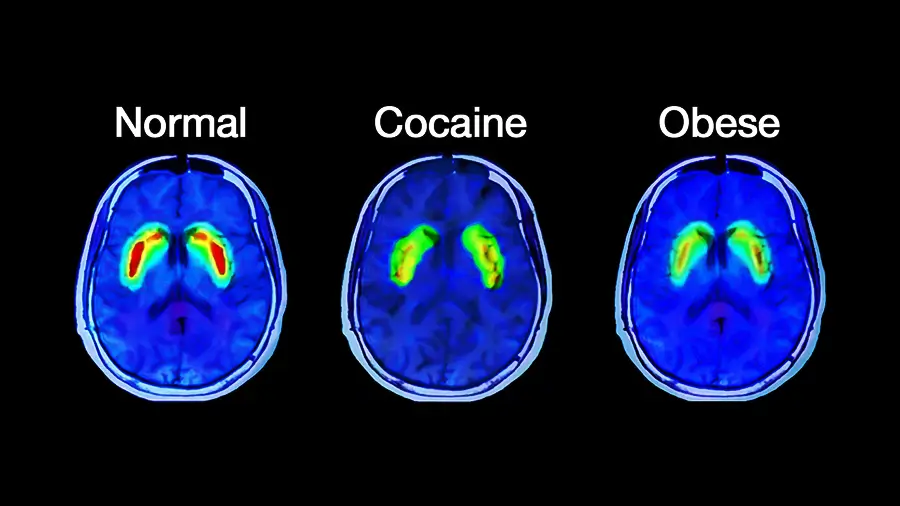
ステビアは物を甘くすることができますが、砂糖、特に糖と脂肪の組み合わせのように脳にドーパミン効果を及ぼさないため、通常はチョコレートやアイスクリームとしては満足のいくものではありません。擬似的な効果は残りますが、それは短期間だけです。
業界は、本格的な満腹感を与えるドーパミン感覚を与えるために、砂糖と脂肪を組み合わせるか、興奮毒化学物質を使用する必要があります。糖脂肪の組み合わせ、特に精製糖と精製脂肪の組み合わせは自然界に存在しないため、私たちの脳はそれらに慣れていません。それはとして知られているものです 超常的な刺激。人工甘味料は、精製砂糖を完全に模倣するためにドーパミンを放出する化学物質である必要があります。
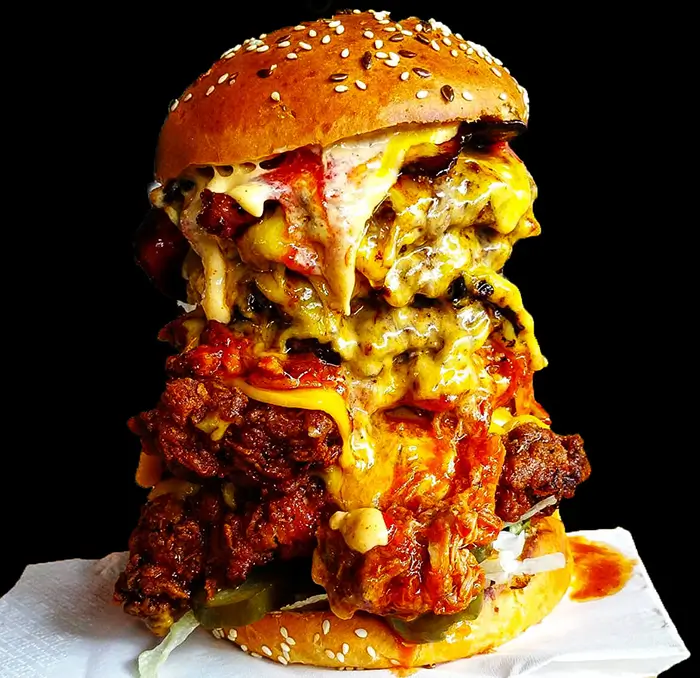
これが、例えばコカ・コーラがコーク ゼロにアスパルテーム(興奮毒)のみを使用する理由です。
人工砂糖は他の面でも業界に有益です。低カロリーまたはゼロカロリー、健康的、ダイエットなどとして製品を宣伝することはできますが、それは逆のことです。私たちの脳が口の中の甘味の感覚を記録するときに最初に起こることは、何百万年もの進化の中で起こったことと同じであり、それを食べて好きになれということです。脳は、私たちの口に入っているものがダイエットソーダであることを知りません。甘い果物だと思っているので、食欲を増進させ、トラがやってくる前に早く食べられるうちに食べたいという欲求が湧いてくるのです。現在は、食べ過ぎるとトラから逃げられなくなる可能性があるため、食べ過ぎる前に食べるのをやめるよう指示する別のメカニズムが存在します。
ノンカロリーの人工甘味料を使用すると、私たちは切り離されます。
脳に伝わる甘味による刺激はありますが、体内に入るカロリーによる食欲抑制効果はありません。それは私たちにもっと欲しくなるでしょう。そして、その刺激は本格的な脂肪と砂糖の食事よりも低いため、 感覚は一時的なものにすぎない。たとえば、ダイエットソーダを飲むと良い気分になるかもしれませんが、やめて甘い感覚の信号が止まるとすぐに、脳は再び空腹を感知します。
行われた研究では通常、砂糖や人工甘味料によって作られた甘味が人間の食欲を高めることがわかっています。
This revved-up appetite will have led us to overeat even more than we would have without diet soda and end up gaining weight. There is a well-known fact in the industry that came from several large-scale prospective cohort studies that there is a positive correlation between artificial sweetener use and weight gain. While people often choose “diet” or “light” products to lose weight, research studies suggest that artificial sweeteners may actually contribute to weight gain.
The most common explanation that the industry likes to use for this counterintuitive finding is what’s called reverse causation.
ダイエットソーダを飲んでいるから太るわけではありません。彼らは太っているのでダイエットソーダを飲みます。したがって、ダイエットソーダはそれとは何の関係もありませんでした。悪いのは彼らの食生活全体です。私もそれには同意しますが、いつものように、それにはそれだけではありません。
たとえば、サンアントニオ心臓研究では、1980 年代に 7 ~ 8 年間にわたって 3,682 人の成人を検査しました。最初の体格指数(BMI)、性別、民族性、食事を一致させた場合、人工甘味料入り飲料の飲酒者は、摂取量に用量依存性がありながら、追跡調査時に一貫してBMIが高かった。人工甘味料入りの飲み物を追加すると、より多く食べるようになりました。同様の観察は子供を対象とした研究でも報告されています。
In nutrition science, there is a psychological effect known as “overcompensation for expected caloric reduction.”
If you covertly replace someone’s soda for a diet one or some candy with a non-sugary one without the target knowing it, his or her caloric intake drops. But people who knowingly are consuming artificial sweeteners may end up eating more calories because of overcompensation that comes along later. One of the studies involved giving people an artificially sweetened cereal for breakfast, but only half were told (マッツ、1999 年). If there is a lunchtime, the group that understood they have an artificially sweetened cereal ate significantly more calories overall than those that didn’t know.
The only ones that can lose weight on “light“ and “diet“ food products are the ones that don’t realize that they are drinking or eating them.
In the meantime, because they do know they will just eat more of the “light” products and will spend more and more money on them without losing any weight. And this is just the psychological side.
生理学的要素もあります。動物は、エネルギー需要がない場合でも、甘味に対する本質的な欲求を満たすために食物を求めます。完全な満足感が得られないと、食べ物を求める行動がさらに促進されます。特に人工甘味料は天然甘味料と同じように食物報酬経路を活性化せず、特にほとんどの人が慣れ親しんでいる砂糖と脂肪の組み合わせではないため、報酬反応の低下は肥満の一因となる可能性があります。もう一つあります。砂糖を完全にやめて、人工甘味料を加えた自然食品を食べることは、やはり問題となります。人工甘味料は、まさに甘いからこそ、砂糖への渇望と砂糖への依存を促進するからです。それらは脳を望ましい甘さのレベルに調整するため、通常の食べ物を食べると満足できないか、苦い、酸っぱいようにさえ感じます。通常の無糖食品の甘味の強さは、繰り返し曝露されると味の好みが訓練されるため、より低く認識されます。
A strong correlation exists between a person’s customary intake of a flavor and his preferred intensity for that flavor.
Eating a healthy whole-food diet with added artificial sweeteners will train the brain to expect the same level of intensity in other regular foods and will make you not want to eat them. This behavior is seen in children and adults too, just the children are more “vocal“ about it. By continuing to consume any sweeteners, with or without calories we are unable to train our flavor preferences away from intensely sweet foods. Using artificial sweeteners will make your entire healthy meal feel as unsweetened. It is hard to condition yourself to the natural food level of sweetness even when we have over-sweet banana hybrids and dried fruits if you eat sugar or artificial sweeteners on regular bases.
人工甘味料入り飲料が市販されている目的に本当に役立つのであれば、その結果を裏付ける研究が行われるでしょう。私たちはそうではなく、まったく逆の場合があり、業界はそれを知っています。
それは、人々の気分を良くするために売り上げを伸ばすための単なる嘘です。
そして、もう一つボーナスがあります。人工甘味料の潜在的な毒性。
いくつかの研究では、人工甘味料と次のようなさまざまな健康状態が関連付けられています。 がん and DNA damage, hepatotoxicity, migraines, and low birth weight. In the U.S., the three most common primary compounds used as sugar substitutes are saccharin (e.g., Sweet’N Low), aspartame (e.g., Equal and NutraSweet), and sucralose (e.g., Splenda). In many other countries, cyclamate and the herbal sweetener stevia are used extensively.
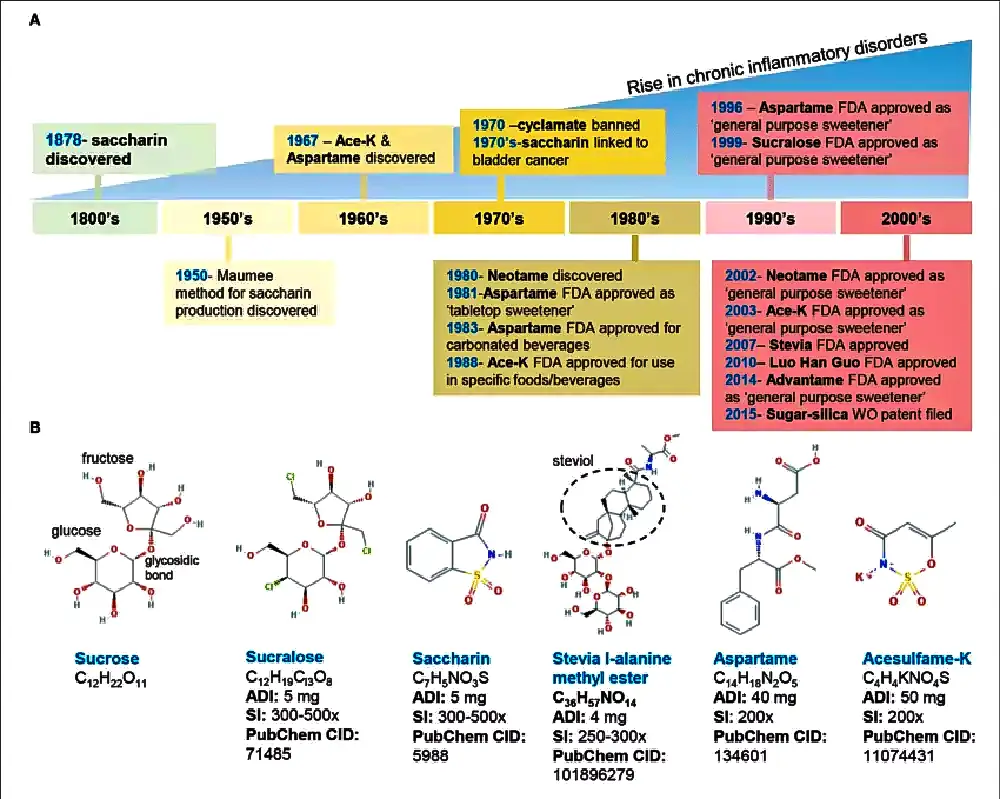
甘いものとして販売されているアセスルファム K は、急性の頭痛と関連しており、また DNA 損傷にも関連しています。これは、高用量で染色体異常誘発性 (突然変異原性物質) および遺伝毒性があることが証明されており、ラットに甲状腺腫瘍を引き起こしました。
双糖として販売されていたシクラメートは、マウスの膀胱がんと精巣萎縮との関連性を理由に40年以上前に禁止された。カナダや他の多くの国ではまだ合法です。
コールタール誘導体の実験中に偶然発見されたサッカリンは、吐き気、嘔吐、下痢、母乳で育てられた動物の子のがん、低出生体重、人の膀胱がん、肝毒性と関連している。
Sucralose discovered by accident while experimenting at Queen’s College in London while trying to formulate a new pesticide (e.g., Splenda) is linked to diarrhea, thymus shrinkage, and cecal enlargements in rats. It is a very strong migraine trigger.
それらの中で最悪のもので、ラットのリンパ腫や白血病などの 75 以上の病気に関連しているのはアスパルテーム (ニュートラスウィート) です。
ソルビトールやキシリトールのような糖アルコールは、エリスリトールとは異なり吸収されないため、結腸内で発酵し、結腸内に液体を引き込み、下剤効果をもたらす可能性があります。
わかりましたが、甘いものを味わいたいが糖尿病を患っている人は依然として存在しており、彼らにとって通常、砂糖の代替品は食事に必須です。
いくつかの新しい研究が行われるまで、最近では、非栄養代替甘味料は、カロリーや血糖影響を伴わずに甘味を提供するため、糖尿病患者にとって非常に有益であるため、健康的な砂糖の代替品であると一般に信じられていました。しかし、いくつかの疫学研究の結果では、主にダイエットソーダなどの人工甘味料入り食品の摂取は、肥満、メタボリックシンドローム、そしてより重要なことに、2型糖尿病を発症するリスクの増加と関連していることが判明しています。
The problem was that they were considered just to be chemicals that are “metabolically inactive” in the gut and that they just go truly out of the digestive system without promoting metabolic dysregulation.
人工甘味料入りの食品は、砂糖への渇望や食欲の制御に寄与する学習反応を妨げることはすでに述べましたが、誰にとっても、特に人工甘味料を最もよく摂取する糖尿病患者にとっては、もう 1 つ重要なことがあります。
人工甘味料には代謝作用があります。
この研究では、たとえば (ペピーノら、2013)肥満の人にコーラゼロの缶に含まれる量のスクラロースを与えると、グルコースチャレンジに反応して血糖値が大幅に上昇します。いくら?血中のインスリン濃度が 20% 高いということは、スクラロースがインスリン抵抗性を引き起こすことを示しています。スクラロースだけではありません。この研究では (スエズら、2014) 彼らはサッカリン (Sweet'N Low)、アスパルテーム (Equal および NutraSweet)、およびスクラロース (Splenda) をテストし、それらはすべてマイクロバイオームを乱すことによって耐糖能不耐症を誘発することを発見しました。
それらは私たちの腸内に生息する微生物を変化させます。
If you eat artificial sweeteners, they will alter the bacteria that grow in your gut because they are hard to absorb, so they stay in your large intestine and ferment. Acesulfame-K was also tested and correlated with changes in gut bacteria. This is also important not just to people with diabetes but to other diseases that are correlated with the digestive system like inflammatory bowel diseases like ulcerative colitis and Crohn’s disease. For example, cyclamate was not metabolized when first time injected, and gut bacteria do not know what to do with it. However, after ten days, 75% of it will get metabolized by gut bacteria into cyclohexylamine, and if you stop eating it those bacteria that metabolize it dies back. Cyclohexylamine is very toxic, and the FDA banned it in 1969 but not in Canada and many other countries.
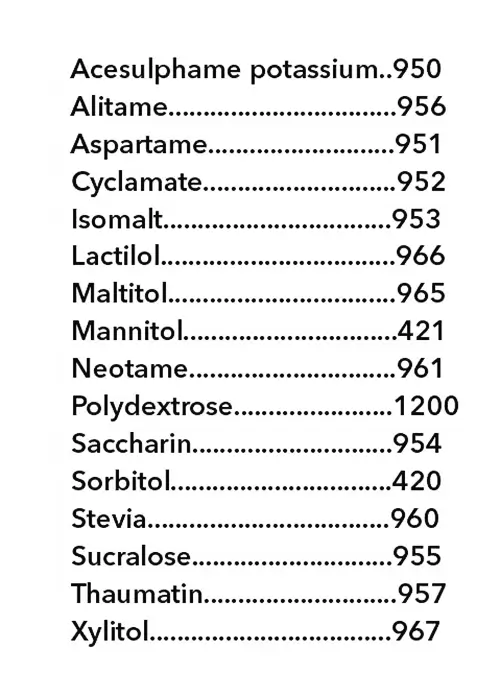
では、安全な人工甘味料はあるのでしょうか?
ステビアは、最初は完全に無害であることを示す研究があったため、それほど悪いものではないと考えられています。その後、ラットの腸内のマイクロバイオームに影響を与える可能性があることが判明しました。それは発酵してステビオールという変異原性のある物質に変化し、DNA損傷を引き起こします。人間にもステビアを発酵させる同じ腸内細菌がいます。私たちがステビアを食べると、変異原性ステビオールが生成され、血流に吸収されます。
WHOは体重1kgあたり4mgのステビアが安全だと考えているので、ステビアで甘味を付けた食品を1日1品食べれば大丈夫だろう。
これまでのところ、唯一の無毒な人工甘味料はエリスリトールである可能性があります。
これはブドウ、梨、メロンに自然に含まれていますが、工業的には酵母を使用して製造されています。自然界に存在するものであるため、私たちは何百万年もの間それを食べてきたと想定する必要があるため、ある程度の耐性があるのかもしれません。発酵せずに腸で吸収されるため、下剤効果はありません。血流中で何とも相互作用したり代謝したりせず、そのまま尿中に排泄されるようです。それはいかなる病気とも相関関係はなく、役立つ可能性さえあります。それは実際にはあるかもしれません 抗酸化物質 それは同時に甘くもある(デン・ハートグ他、2010)。エリスリトールは、生体内で優れたフリーラジカルスカベンジャー(抗酸化物質)であることが示されており、高血糖によって誘発される血管損傷(糖尿病)からの保護に役立つ可能性があります。
糖尿病で人工甘味料を使用している場合は、安全のためにエリスリトールを使用してください。
これまでのところ、科学はこれが最良の選択肢であることを示しています。引用された研究では、エリスリトールが赤血球の酸化的破壊を保護することが示されました。エリスリトールの化学構造は、よく知られた抗酸化物質であるマンニトールと非常によく似ています。マンニトールや、ソルビトールやキシリトールなどの他のアルコール由来の甘味料の問題は、エリスリトールとは異なり、吸収されないことです。
甘くて抗酸化作用がある他の甘味料は果物だけです。
取り入れるべきベストプラクティスは、砂糖が欲しくなったら果物を丸ごと食べることです。
甘味料ですが、同時に栄養もあり、健康にも良いです。今日、私たちはグローバル化された社会に住んでおり、ほとんどの人が新鮮な果物や冷凍果物を一年中見つけることができます。また、ドライフルーツを使用することもできます。それは味の好みです。コーヒーを甘くしたい場合など、それができない場合には、エリスリトールを使用してください。
デーツシュガーは今日最も健康的な甘味料であり、実際には砂糖ではなく、乾燥させたデーツを丸ごと粉砕して粉末にしたものです。
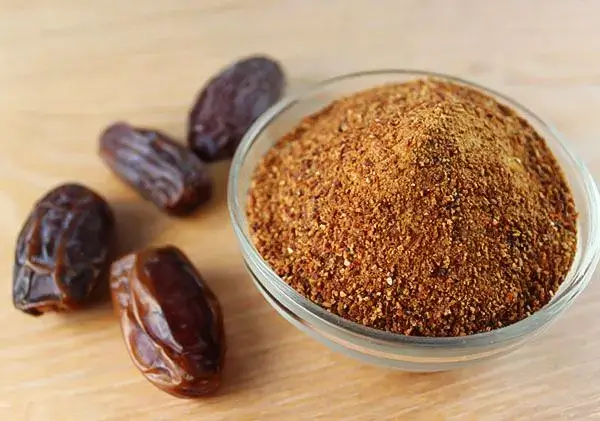
デーツは重量比で80%が砂糖ですが、体重増加や血糖コントロールに対する悪影響とは相関しておらず、実際に抗酸化ストレスレベルを改善し、ハラウィはメジュールよりも優れています(ロック他、2009).
デーツやその他のドライフルーツ、または天然のフルーツには繊維が含まれているため、増粘効果があります。レシピによってはデーツシュガーや別の種類のドライフルーツが使えず、精製砂糖が必要な場合は、大麦麦芽シロップや糖蜜を使用してください。糖蜜は2位です。

白砂糖や蜂蜜の代わりに大麦麦芽シロップなどの低果糖精製砂糖をお勧めする理由を理解するには、関連記事を読むことができます(精製砂糖の健康リスク相関関係 - 基本を理解する)。たとえば、コーヒーや紅茶を濃くしたくない場合は、エリスリトールを選択できます。
参考文献:
- マッツ R. (1990)。人間の空腹感とエネルギー摂取に対するアスパルテームとスクロースの影響。 生理と行動, 47(6)、1037–1044。 https://doi.org/10.1016/0031-9384(90)90350-d
- MY ペピーノ、CD ティーマン、BW パターソン、BM ワイス、S. クライン (2013)。スクラロースは、経口ブドウ糖負荷に対する血糖反応およびホルモン反応に影響を与えます。 糖尿病ケア, 36(9)、2530–2535。 https://doi.org/10.2337/dc12-2221
- Suez、J.、Korem、T.、Zeevi、D.、Zilberman-Schapira、G.、Thaiss、CA、Maza、O.、イスラエル人、D.、Zmora、N.、Gilad、S.、Weinberger、A. 、Kuperman、Y.、Harmelin、A.、Kolodkin-Gal、I.、Shapiro、H.、Halpern、Z.、Segal、E.、およびElinav、E. (2014)。人工甘味料は腸内細菌叢を変化させることにより耐糖能不耐症を誘発します。 自然, 514(7521)、181–186。 https://doi.org/10.1038/nature13793
- den Hartog, GJ、Boots, AW、Adam-Perrot, A.、Brouns, F.、Verkooijen, IW、Weseler, AR、Haenen, GR、および Bast, A. (2010)。エリスリトールは甘い抗酸化物質です。 栄養学 (カリフォルニア州ロサンゼルス郡バーバンク), 26(4)、449–458。 https://doi.org/10.1016/j.nut.2009.05.004
- Rock, W.、Rosenblat, M.、Borochov-Neori, H.、Volkova, N.、Judeinstein, S.、Elias, M.、および Aviram, M. (2009)。健康な被験者によるデーツ (Phoenix dactylifera L.、Medjool、または Hallawi Variety) 摂取が血清グルコースおよび脂質レベル、および血清酸化状態に及ぼす影響: パイロット研究。 農業および食品化学のジャーナル, 57(17)、8010–8017。 https://doi.org/10.1021/jf901559a
栄養と健康について何か質問はありますか?
ぜひご意見をいただき、次回の投稿でお答えしたいと思います。皆様のご意見とご意見に感謝しており、すぐにご連絡をお待ちしております。私もあなたを招待します フォローする Facebook、Instagram、Pinterestでダイエット、栄養、健康に関するコンテンツをご覧ください。そこにコメントを残して、他の健康愛好家とつながり、あなたのヒントや経験を共有し、私たちのチームやコミュニティからサポートや励ましを得ることができます。
この投稿があなたにとって有益で楽しいものであり、学んだ洞察を生かす準備ができていることを願っている。この投稿が役に立ったと思われた方は シェアする 友人や家族など、その恩恵にあずかれるかもしれない人たちと一緒に。誰が健康の旅にガイダンスやサポートを必要としているかわからないのですから。
– あなたはおそらくそれも好きでしょう –

栄養について学ぶ
ミロス・ポキミカは、自然医学の医師、臨床栄養士、医療健康と栄養のライター、栄養科学アドバイザーです。書籍シリーズの著者 ビーガンに行きますか?科学の復習また、自然健康サイト「GoVeganWay.com」を運営している。
医療上の免責事項
GoVeganWay.com では、最新の栄養と健康関連の研究のレビューをお届けします。提供される情報は著者の個人的な意見を表すものであり、専門的な医学的アドバイス、診断、または治療に代わることを意図または暗示するものではありません。提供される情報は情報提供のみを目的としており、資格のある医師または医療提供者の相談、診断、および/または治療に代わるものとして機能することを意図したものではありません。GoVeganWay.com で読んだことや GoVeganWay.com を通じてアクセスしたことを理由に、専門家の医学的アドバイスを無視したり、医療治療を受けるのを遅らせたりしないでください。
認可された医師に相談する前に、GoVeganWay.com で読んだ内容の結果としてライフスタイルの変更や変更を決して適用しないでください。
医療上の緊急事態が発生した場合は、直ちに医師または 911 に電話してください。GoVeganWay.com は、内部で言及されている特定のグループ、組織、検査、医師、製品、手順、意見、またはその他の情報を推奨または承認しません。
編集者のおすすめ –
ミロス・ポキミカは、自然医学の医師、臨床栄養士、医療健康と栄養のライター、栄養科学アドバイザーです。書籍シリーズの著者 ビーガンに行きますか?科学の復習また、自然健康サイト「GoVeganWay.com」を運営している。
最新記事 -
プラントベースのニュース
-
Some Dogs Can Sort Toys By Function, Says New Study On Canine ‘Label Extension’
on 11月 5, 2025
-
Courgette, Leek, White Bean And Kale Stew
on 11月 5, 2025
-
Precision Fermented Dairy Proteins Receive ‘No Questions’ Approval From FDA
on 11月 4, 2025
-
This One-Pan Ramen Is Ready In 30 Minutes
on 11月 4, 2025
-
How to Make Fresh Vanilla Hemp Milk at Home
on 11月 3, 2025
-
Animal Farming Is ‘World’s Biggest Cause Of Food Waste,’ Says Report
on 11月 3, 2025
-
Butter Bean And Sweet Papas Coconut Stew
on 11月 2, 2025
トップヘルスニュース — ScienceDaily
- Nanotech makes cancer drug 20,000x stronger, without side effectson 11月 6, 2025
A Northwestern team transformed a common chemotherapy drug into a powerful, targeted cancer therapy using spherical nucleic acids. The redesign dramatically boosted drug absorption and cancer-killing power while avoiding side effects. This innovation may usher in a new era of precision nanomedicine for cancer and beyond.
- Scientists may have found how to reverse memory loss in aging brainson 11月 6, 2025
Virginia Tech researchers have shown that memory loss in aging may be reversible. Using CRISPR tools, they corrected molecular disruptions in the hippocampus and amygdala, restoring memory in older rats. Another experiment revived a silenced memory gene, IGF2, through targeted DNA methylation editing. These findings highlight that aging brains can regain function through precise molecular intervention.
- Scientists uncover meditation’s hidden side effectson 11月 5, 2025
Meditation is widely praised for its mental health benefits, but new research shows that it can also produce unexpected side effects for some people—from anxiety and dissociation to functional impairment. Psychologist Nicholas Van Dam and his team found that nearly 60% of meditators experienced some kind of effect, and about a third found them distressing.
- Most Americans don’t know alcohol can cause canceron 11月 5, 2025
Most U.S. adults don’t realize alcohol raises cancer risk, and drinkers themselves are the least aware. Scientists say targeting these misbeliefs could significantly reduce alcohol-related cancer deaths.
- A breakthrough map reveals how the brain really workson 11月 5, 2025
Scientists have shown that brain connectivity patterns can predict mental functions across the entire brain. Each region has a unique “connectivity fingerprint” tied to its role in cognition, from language to memory. The strongest links were found in higher-level thinking skills that take years to develop. This work lays the groundwork for comparing healthy and disordered brains.
- A shapeshifting protein explains rabies’ deadly poweron 11月 5, 2025
Researchers discovered how rabies virus exerts massive control over host cells with very few genes. A key viral protein changes shape and binds RNA, allowing it to infiltrate different cellular systems. This adaptability could explain the power of other deadly viruses, including Nipah and Ebola. The breakthrough may lead to next-generation antivirals or vaccines.
- Cockroaches are secretly poisoning indoor airon 11月 5, 2025
Cockroach infestations don’t just bring creepy crawlers, they fill homes with allergens and bacterial toxins that can trigger asthma and allergies. NC State researchers found that larger infestations meant higher toxin levels, especially from female roaches. When extermination eliminated the pests, both allergens and endotoxins plummeted. The findings highlight how pest control is vital for cleaner, healthier air indoors.
パブメッド、 #ビーガンダイエット –
- Impact of in vitro digestion on the cytotoxicity and microbial viability of cholinesterase-inhibitor-rich vegan soups in human intestinal cell modelson 11月 1, 2025
Vegan lunch soups formulated with mushroom, asparagus, leek, and sea buckthorn were previously developed by our team to provide a consistent daily intake of dietary cholinesterase inhibitors. Considering the proposed continuous consumption of these functional soups, it is essential to examine any cytotoxic responses that may occur in the gastro-intestinal tract. This work starts this topic by investigating the effect of in vitro digested soups towards selected human intestinal cells and…
- A 6-Month, Prospective, Multi-arm Study for the Efficacy of Standardized Nutraceuticals to Improve Hair Fiber Thickness and Strengthon 10月 31, 2025
CONCLUSIONS: This study demonstrates that ingestion of these bio-specific HGNs are associated with significantly enhanced hair shaft diameter and decreased breakage, resulting in longer, stronger hair across their intended populations. These findings support the use of these HGNs for hair thinning, offering alternative options for various populations for improving hair growth and thickness.
- Consumer Acceptance of Sustainable Cat Diets: A Survey of 1380 Cat Guardianson 10月 29, 2025
There is increasing awareness about the adverse environmental and ‘food’ animal welfare impacts associated with the production of meat-based pet food. However, little is known about cat guardians’ acceptance of more sustainable food choices for the global population of approximately 476 million pet cats. By surveying 1380 cat guardians, this study explored feeding patterns used by guardians, determinants of their cat food choices, and their acceptance levels of more sustainable cat food…
- Consumer Acceptance of Sustainable Dog Diets: A Survey of 2639 Dog Guardianson 10月 29, 2025
Interest in more sustainable diets for the global population of 528 million companion dogs is steadily increasing, encompassing nutritionally sound cultivated meat, vegan, and microbial protein-based dog foods. Factors driving these alternative dog foods include lower impacts on the environment, fewer welfare problems related to intensively farmed animals and wild-caught fish, and potentially superior canine health outcomes, relative to conventional meat-based dog food. Through a […]
- Beliefs and behaviours associated with vegetarian, vegan, and gluten-free diets among Canadians capable of bearing childrenon 10月 29, 2025
There is increased interest in self-selected exclusionary diet patterns, specifically vegetarian, vegan, and gluten-free (GF) diets, but there is a lack of research exploring the beliefs and behaviours surrounding these diets in Canadians capable of bearing children (CCBC). The goal of this study was to explore the beliefs and behaviours of CCBC who follow vegetarian, vegan, and/or GF diets using mixed methods. A self-administered online Qualtrics™ survey containing 102 questions was […]
ランダムな投稿 –
おすすめの投稿 -

PubMed の最新情報、 #植物ベースの食事 –
- Diet quality scores and incidence of cardiovascular events: A 4-year prospective study of patients in cardiology secondary care (BALANCE Program Trial)by Aline Rosignoli da Conceição on 11月 5, 2025
As a modifiable determinant, dietary patterns are a crucial factor in the prevention of cardiovascular disease (CVD), as they account for more than half of all CVD-related deaths and disabilities. Thus, we aimed to assess whether changes in diet quality along with six a priori-defined diet scores were associated with the incidence of cardiovascular (CV) events during four years of follow-up of secondary care cardiology patients. We conducted a secondary prospective analysis of 1,704, 1,629 […]
- Dietary animal fat disrupts gut microbiota and aggravates Scl-cGVHD after allogeneic hematopoietic stem cell transferby Danielle D Millick on 11月 5, 2025
Allogeneic Hematopoietic Stem Cell Transplant (allo-HCT) is an effective treatment for high-risk or relapsed acute leukemia. However, the frequent occurrence of graft-versus-host disease (GVHD) poses significant complications. Modifiable factors such as the gut microbiome and dietary regimen have the potential to influence the frequency and severity of GVHD. Previous studies in mouse models have shown a direct link between obesity and increased severity of GVHD. Analysis of human data has not…
- Dose-response effects of a mixed condensed and hydrolyzable tannin extract on methane production and diet digestibility using the in vitro gas production techniqueby Jordan M Adams on 11月 5, 2025
Several studies have evaluated the impact of isolated condensed or hydrolyzable tannin extract (TE) supplementation for beef cattle on methane (CH4) mitigation and metabolic functions, but fewer have evaluated their combination. Our objective was to investigate changes in in vitro fermentation dynamics, CH4 production, neutral detergent fiber digestibility (ivNDFD), and ruminal volatile fatty acid (VFA) concentrations in response to the inclusion rate of a TE blend (Silvafeed ByPro; […]
- Molecular mechanism of tea polyphenols in alleviating tetrabromobisphenol A (TBBPA)-induced PANoptosis in carp (Cyprinus carpio) livers based on network toxicology and pharmacologyby Hongru Wang on 11月 5, 2025
Tetrabromobisphenol A (TBBPA), characterized by extensive industrial utilization and low biodegradability, exhibits significant bioaccumulation potential in aquatic ecosystems, thereby posing substantial toxicological risks to aquatic organisms. Tea polyphenols (TP) are plant extracts with anti-inflammatory and antioxidant therapeutic potential. In this study, network toxicology and pharmacology approaches were employed to investigate the hepatotoxic mechanism of TBBPA and the […]
- Discovery of urinary biomarkers of kiwifruit intake in a randomized intervention studyby Zilin Xiao on 11月 4, 2025
CONCLUSIONS: This study identified potential biomarkers of kiwifruit and developed a prediction model that may differentiate consumers. Further validation is necessary to confirm the reliability and generalizability of our findings.
- Nourishing the Skin: A Review of Diet’s Role in Hidradenitis Suppurativaby Jordan Beam on 11月 4, 2025
Hidradenitis suppurativa (HS) is a complex skin condition influenced by both genetic and environmental factors. Increasing evidence points to diet as a key contributor to disease severity through systemic inflammatory pathways. A review of recent literature was conducted to evaluate the relationship between dietary patterns and advancement of HS. Pro-inflammatory diets such as the Western diet, leucine-rich diets, and brewer’s yeast were associated with HS exacerbation through mTOR activation…
